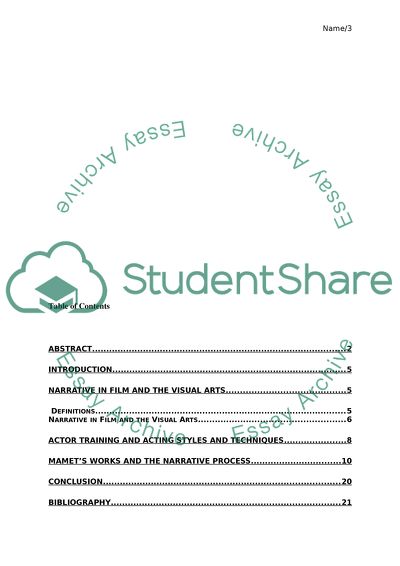Cite this document
(n.d.)
Retrieved from https://studentshare.org/visual-arts-film-studies/1483875-david-mamet-s-ascertains-that-actor-training
Retrieved from https://studentshare.org/visual-arts-film-studies/1483875-david-mamet-s-ascertains-that-actor-training
(David Mamet'S Ascertains That Actor Training Limits the Narrative Dissertation)
David Mamet'S Ascertains That Actor Training Limits the Narrative Dissertation. https://studentshare.org/visual-arts-film-studies/1483875-david-mamet-s-ascertains-that-actor-training.
David Mamet'S Ascertains That Actor Training Limits the Narrative Dissertation. https://studentshare.org/visual-arts-film-studies/1483875-david-mamet-s-ascertains-that-actor-training.
“David Mamet'S Ascertains That Actor Training Limits the Narrative Dissertation”, n.d. https://studentshare.org/visual-arts-film-studies/1483875-david-mamet-s-ascertains-that-actor-training.


